Japan’s Latest Military Transport
Recently, Japan’s Air Force (JASDF) has been bolstering its airlift capabilities to ensure a swift force deployment towards the South-Western Islands (Ryukyu Islands) in the event of a contingency.
To achieve this objective, the new Kawasaki C-2 entered service in 2016, marking its historical role as post-war Japan’s second military transport plane to be domestically developed.
- General Overview
| Length | 43.9m (144ft) |
| Wingspan | 44.4 m (145.6ft) |
| Height | 14.2m (46.6ft) |
| Crew | 3 people (2 pilots and 1 loadmaster) |
| Maximum Speed | 917km/h (570mph) |
| Maximum Range | 4,500km (2,800miles) with cargo 9,800km (6,090miles) when empty |
| Service Ceiling | 13,000m (42,650ft) |
| Take-off Distance | Minimum: 500m (1,641ft) |
| Payload | 36 tons of cargo 110 personnel |
| Unit Price | 240 million USD |
Designed and manufactured by Kawasaki Aerospace Company, the C-2 is a mid-size, twin-turbofan engine military transport which can reach a maximum velocity of 917km/h or 570 mph.
The transport plane shares components with the Kawasaki P-1, a maritime patrol aircraft that was developed around the same time, streamlining developments procedures and reducing costs.
Compared to its predecessor, the Kawasaki C-1 transport aircraft, the C-2 is approximately 1.5 times larger in size and has a four times greater maximum payload.
Whereas the C-1 only had a range of 2,600km/1,615miles on a empty cargo, the new C-2 can fly over 4,500km/2,800miles on a fully loaded cargo, drastically increasing JASDF’s tactical airlift capability.
In terms of maneuverability, a glass cockpit with digital instrument displays, latest navigational/flight management systems and computer-assisted piloting (fly-by-wire) were introduced to aid the crew.
As other notable features, the cargo deck can accommodate up to 36 tons of equipment or 110 personnel, and is furnished with weight sensors, surveillance cameras, electronic bulletin boards, and an automated loading/unloading system to improve workload efficiency.
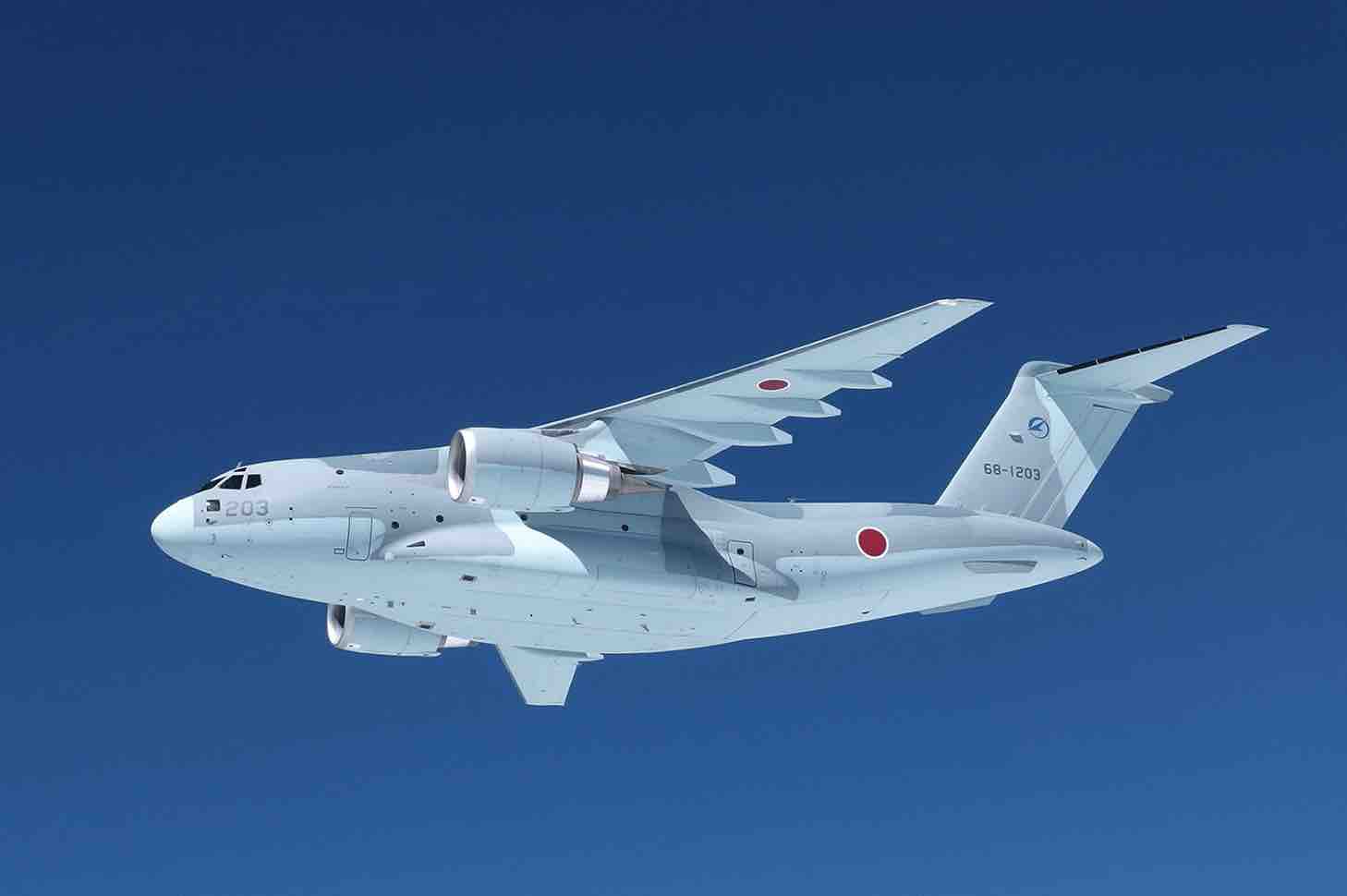
C-2 transport plane (photo: JASDF)
Though such specs are quite impressive, the C-2’s reputation was initially endangered by several deficiencies during the development stage. To be specific, the cargo door failed the resistance test and cracks were discovered in the fuselage, indicating a structural defect.
After inevitable delays and additional costs, the C-2 eventually overcame these issues and successfully passed the reevaluation test which was conducted under a 1.5 times pressurized environment than normal standards.
It is important to note that since the C-2 is the largest aircraft ever developed in Japan’s aviation history, such trial and error was bound to occur, and is something not unusual in aircraft development.
The important point is that aside from these initial setbacks, the C-2 has yet to experience any major problems after its production and fleet deployment.
On the contrary, it has already proven itself capable of conducting both domestic and overseas transport missions, with brief deployments to Djibouti, Afghanistan, and Poland (to assist Ukraine).

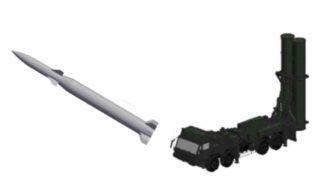
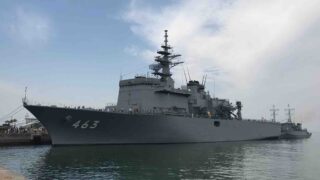
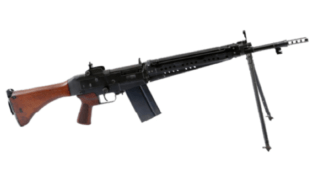
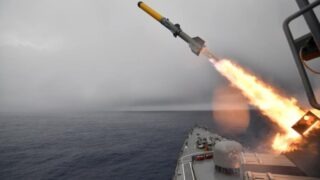
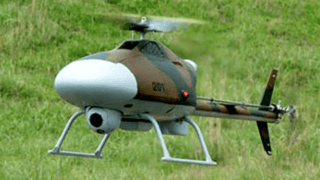
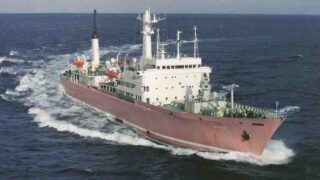
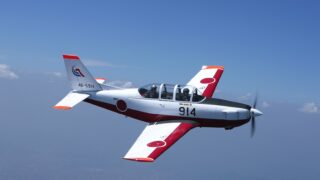
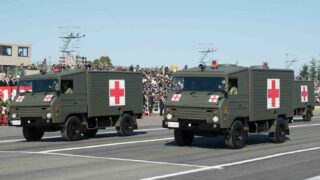

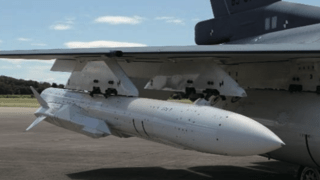

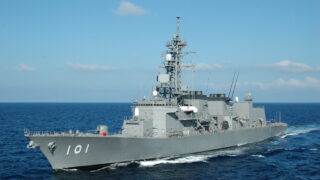
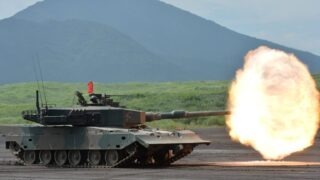
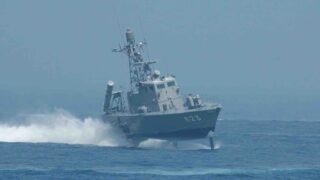
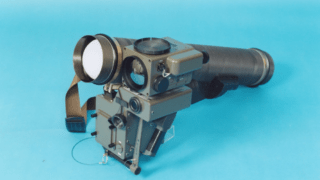
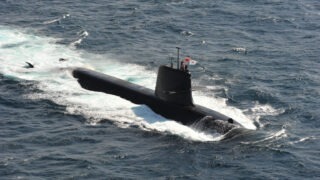
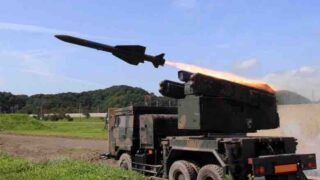

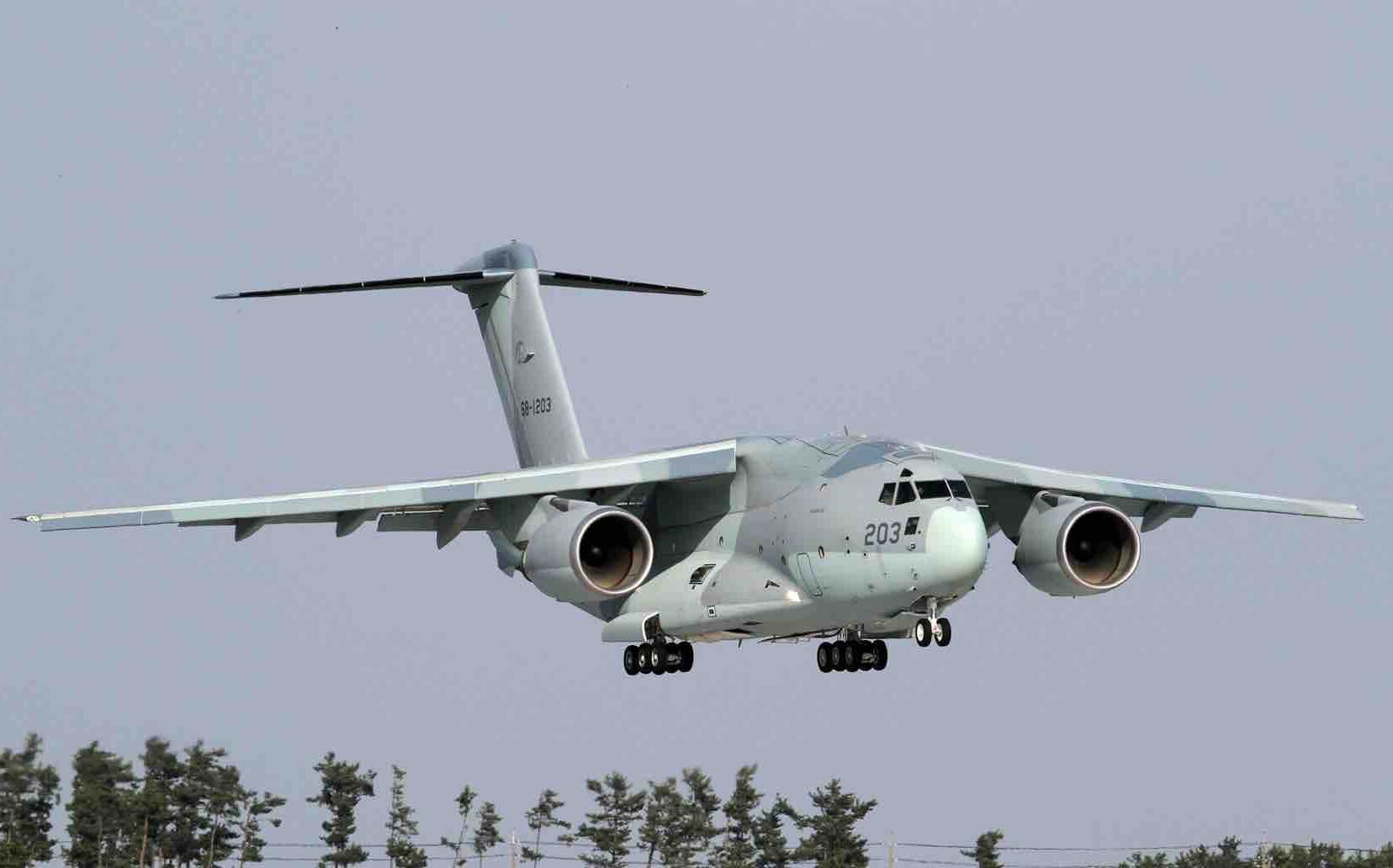
Comments